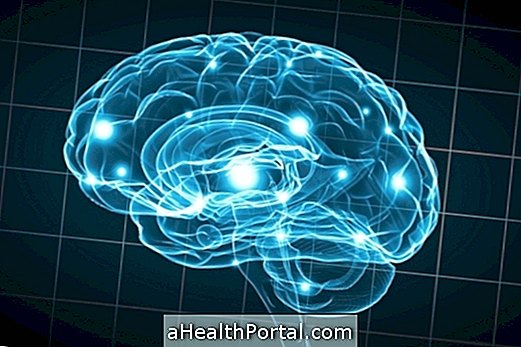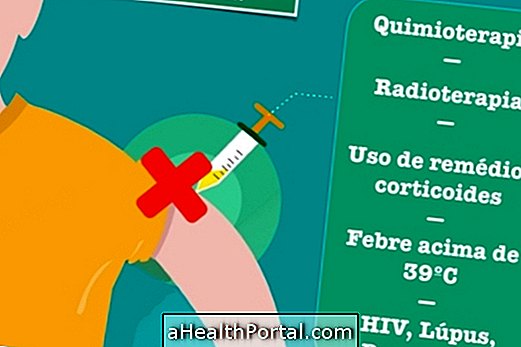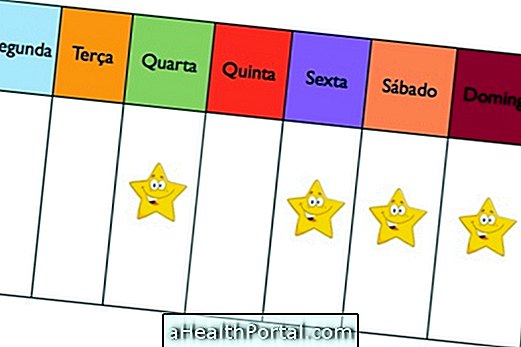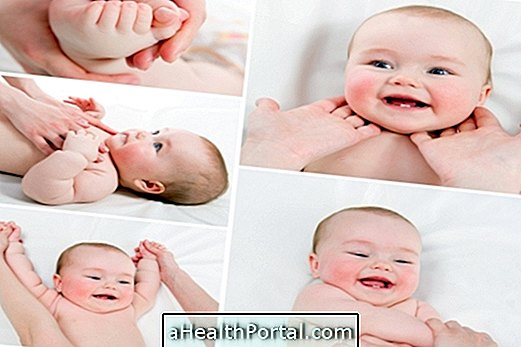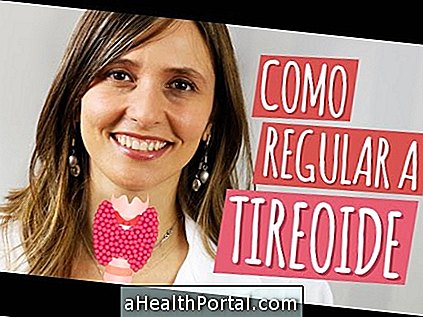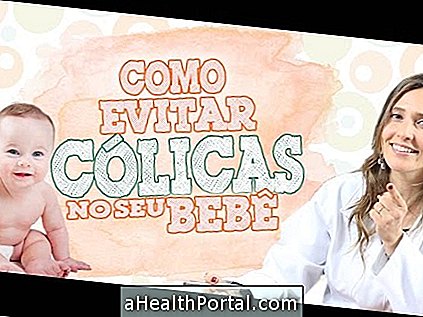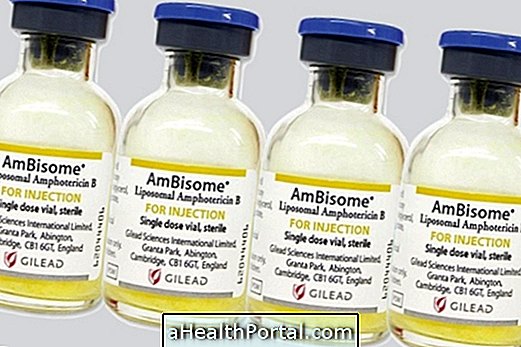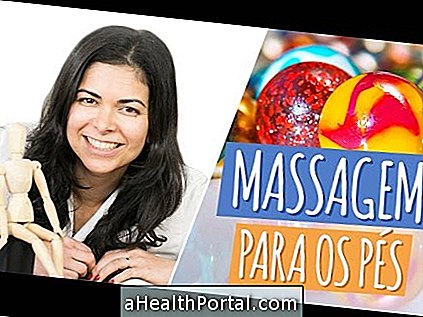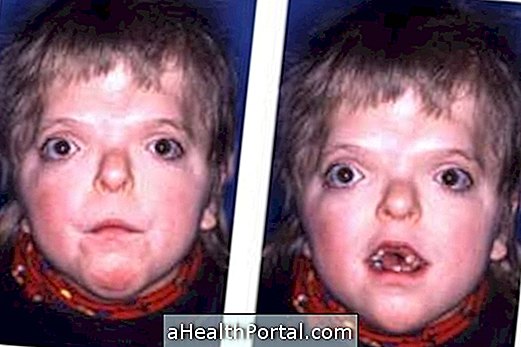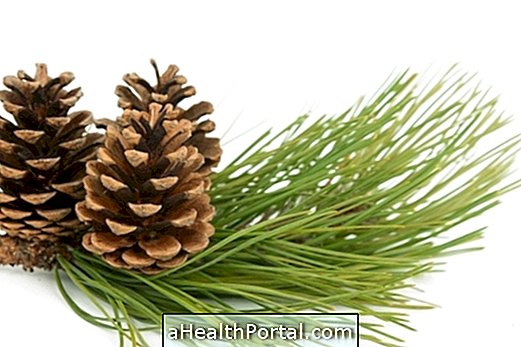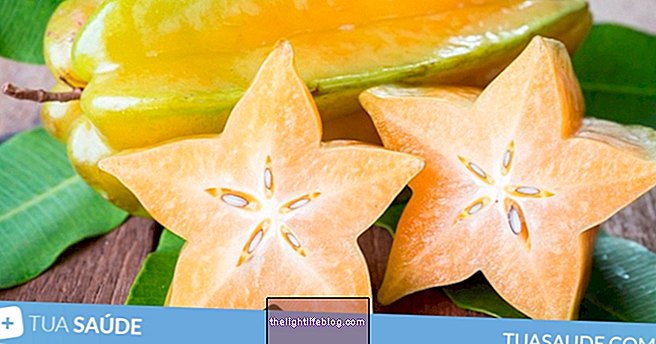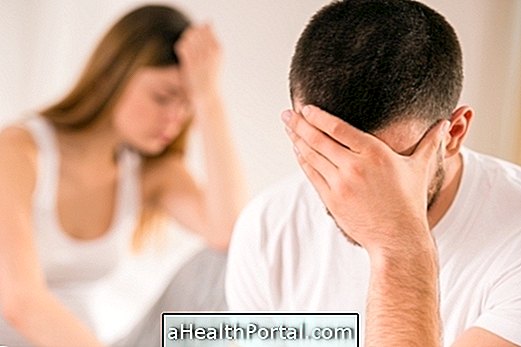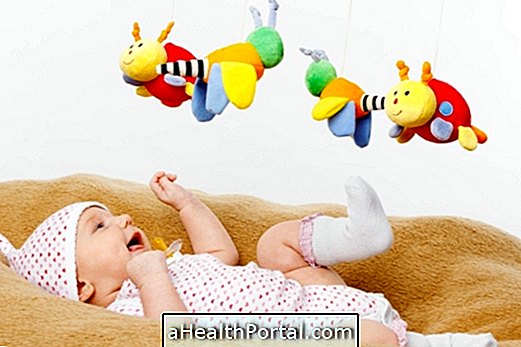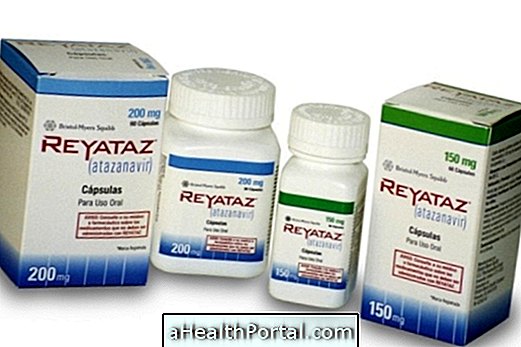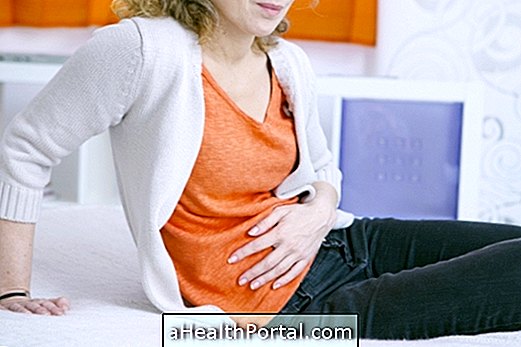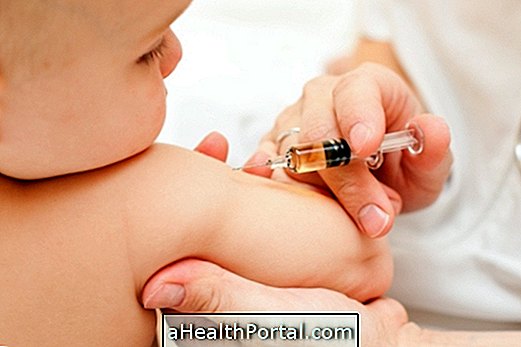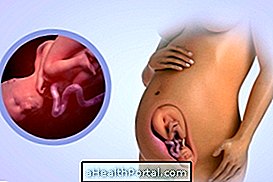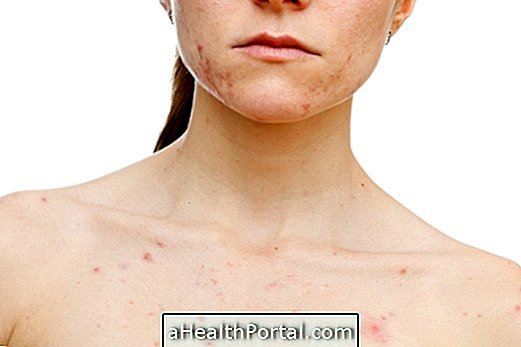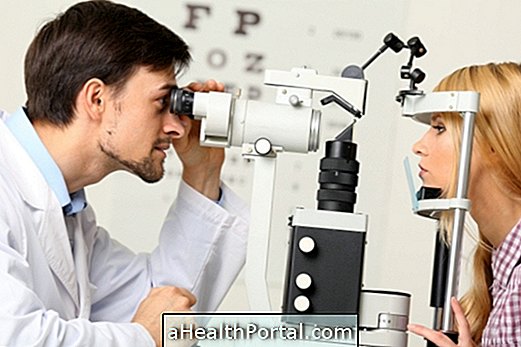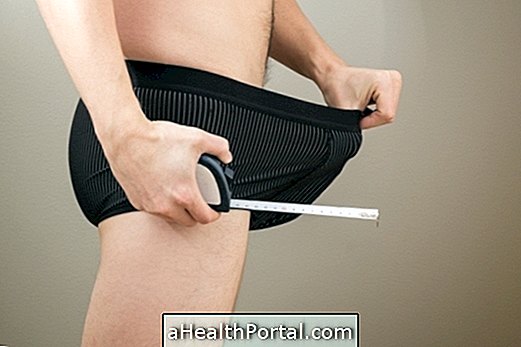Osgood-Schlatter disease, also called Growth Pain, is characterized by pain that arises in the leg, near the knee, in the child around 3 to 10 years. This pain occurs most often just below the knee but can extend to the ankle, especially at night and during physical activity.
Growth pain is thought to be a consequence of bone growth faster than muscle growth, which causes micro-trauma to the quadriceps tendon, which occurs when the child goes through a period of 'spurt', where it grows a lot fast. This is not exactly a disease, and does not need specific treatment, but causes discomfort, requiring an evaluation of the pediatrician.
The most common is the onset of pain only in the leg and near the knee, but some children may experience this same pain in the arms, and still have headache at the same time.
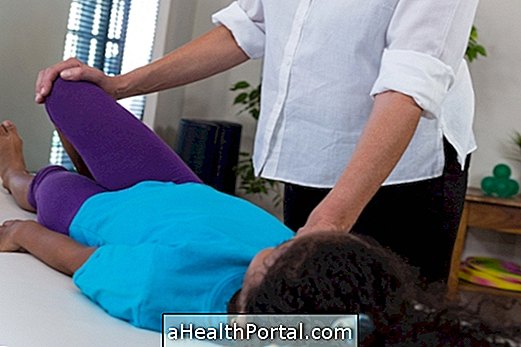
Symptoms
The pain of growth causes pain and discomfort, especially at the end of the day, after the child has done physical activity, jumping or jumping. The features are:
- Pain in the front of the leg, near the knee (more common);
- Pain in the arms, near the elbow (less common);
- There may be a headache.
The pain in these places usually stays for 1 week, and then disappears completely for a few months, until it resurfaces. This cycle may recur during childhood and adolescence.
Usually the doctor comes to your diagnosis only by observing the characteristics of the child and hearing their complaints, and very rarely it is necessary to perform tests, however the doctor can request an x-ray or blood test to exclude the chances of other diseases or fractures, for example.
How To Fight Pain in the Knee and Leg
As a form of treatment parents can massage the sore spot with a little moisturizer, and then put an ice pack rolled up in a diaper or thin tissue for 20 minutes to lessen the pain. On days of crisis, rest is also recommended, avoiding strenuous physical activity.
Exercises to relieve pain
Some stretching exercises that can help relieve leg pain are:




Usually the pain goes away over the years, and when the teen reaches his peak height around age 18 the pain disappears completely.
While the child is still growing, pain may arise, especially after activities such as playing football, jiu-jitsu, or other activities involving more impact. Thus, it is more appropriate that the child who exhibits the pain of growth should avoid this type of activity, preferring something with less impact such as swimming and Yoga.
When to take medicine
Usually the doctor does not indicate the taking of medicines to fight the pain of the growth, because children and adolescents should not take medicines without necessity. Massaging the place, putting ice and resting are enough measures to control the pain and feel better. However, when the pain is strenuous or when the child is a competitive athlete, your doctor may recommend medications.
Warning Signs
You should go to the doctor if your child has other symptoms such as:
- Fever,
- Intense headache;
- Loss of appetite;
- If you have spots on the skin;
- Pains in other parts of the body;
- Vomiting or diarrhea.
These are signs of other diseases, which have no relation to growth pain, and the child needs to be evaluated by the pediatrician.
